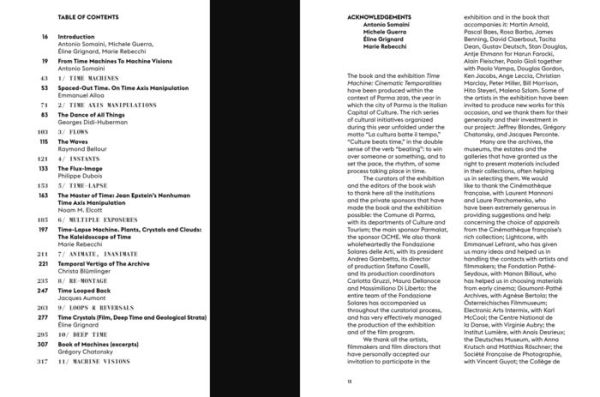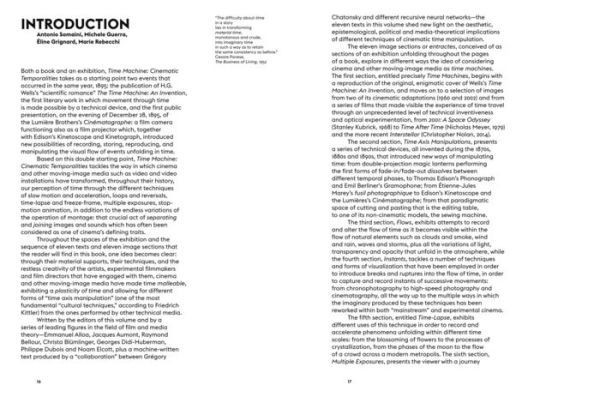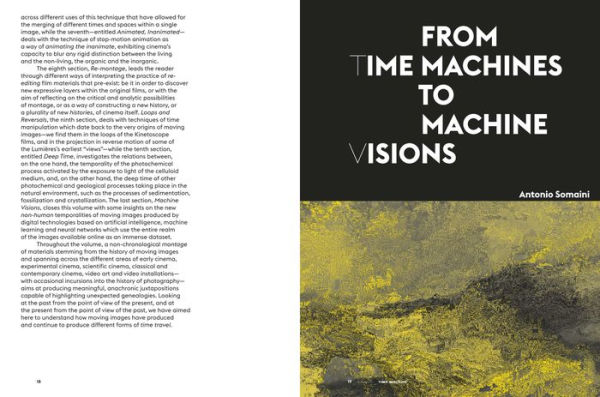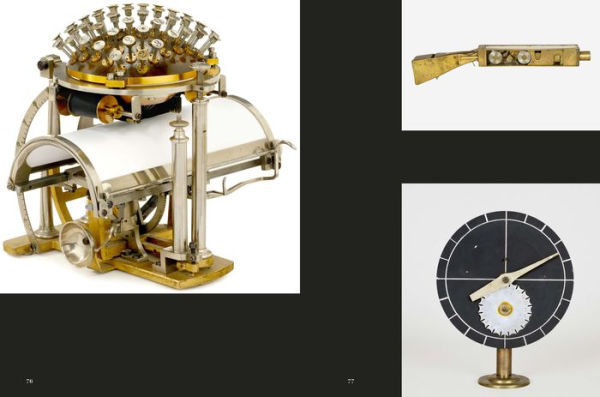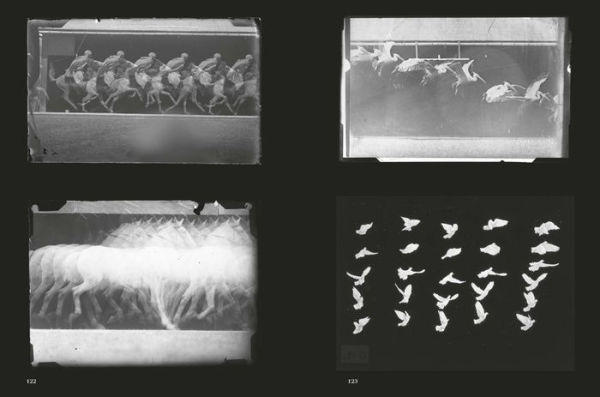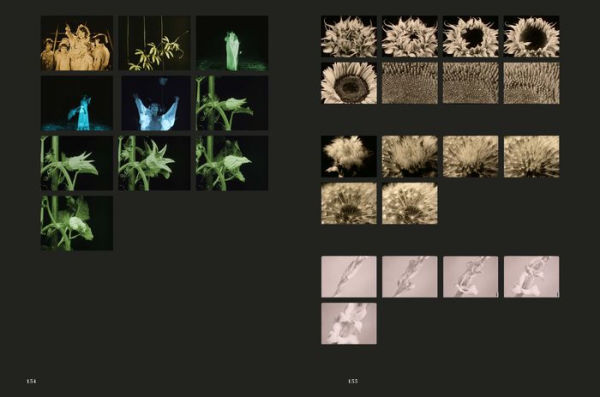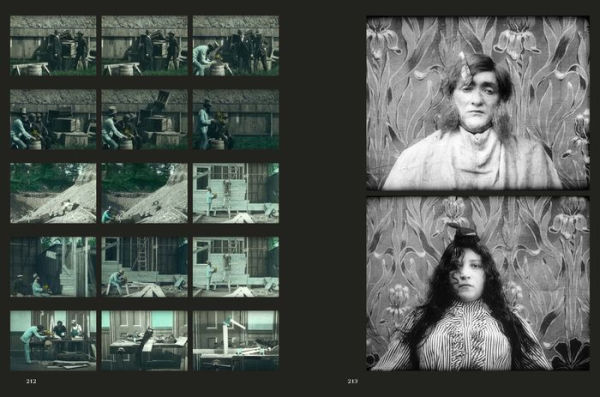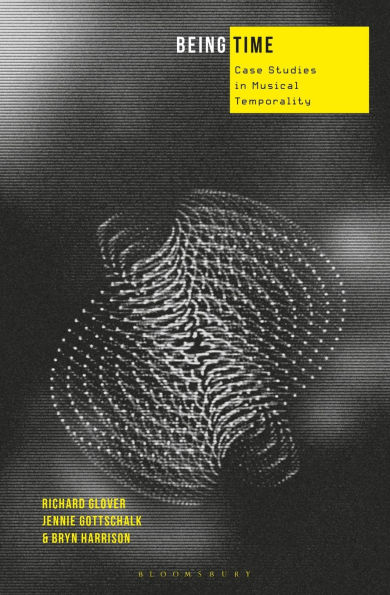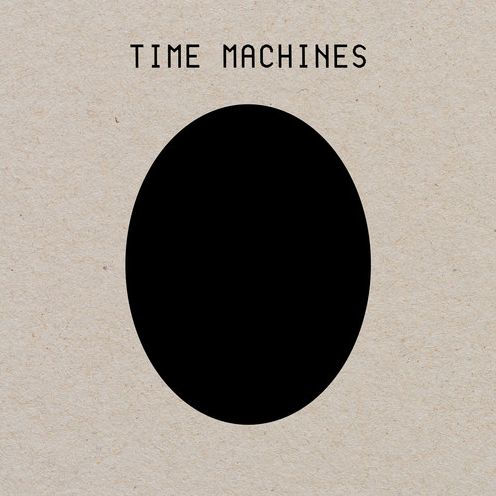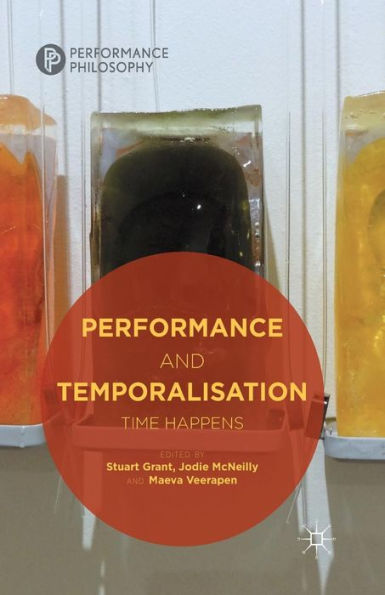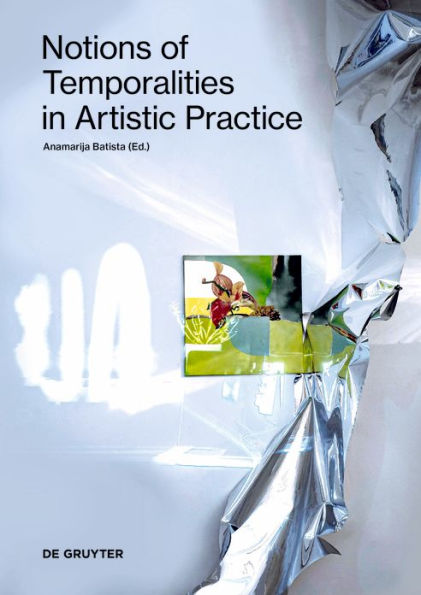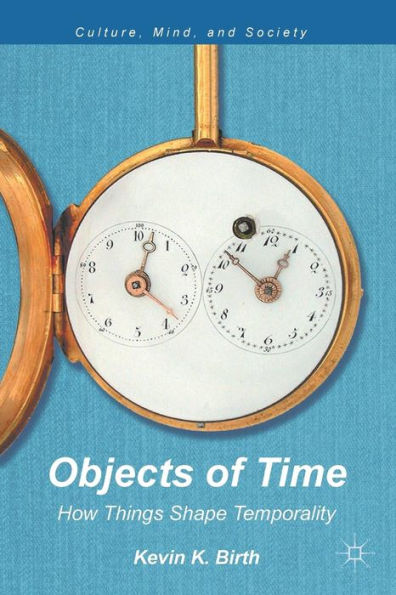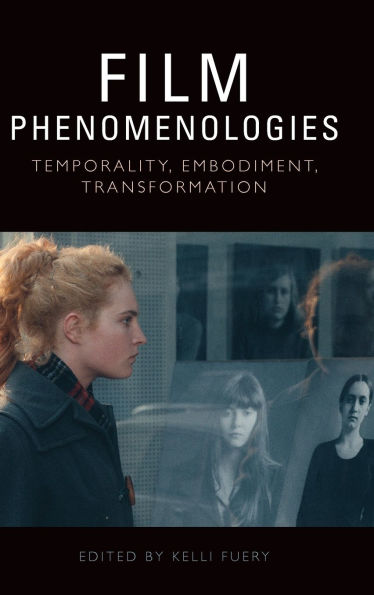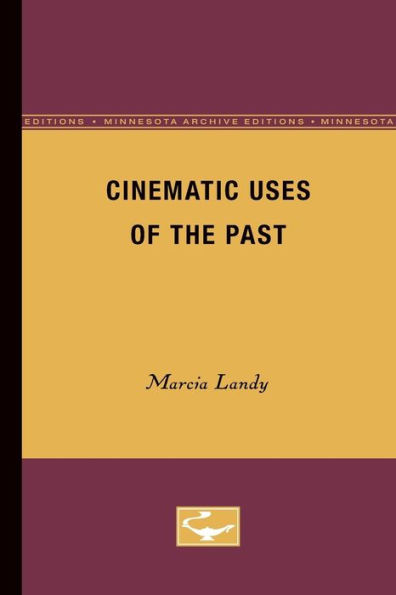Home
Time Machine: Cinematic Temporalities
Barnes and Noble
Loading Inventory...
Time Machine: Cinematic Temporalities in Franklin, TN
Current price: $39.95
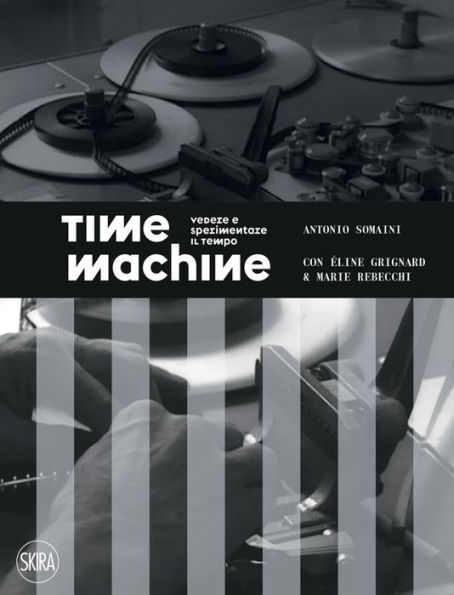
Barnes and Noble
Time Machine: Cinematic Temporalities in Franklin, TN
Current price: $39.95
Loading Inventory...
Size: OS
How cinema and video have transformed our perception of time
The year 1895 saw two events, from which
Time Machine: Cinematic Temporalities
takes its bearings: the publication of H.G. Wells’ “scientific romance”
The Time Machine: An Invention
, the first literary work in which movement through time is made possible by technology; and the first public presentation, on the evening of December 28, 1895, of the Lumière Brothers’ Cinématographe.
Based on these two moments,
Time Machine
shows how cinema, video and video installations have transformed our perception of time through techniques of slow motion and acceleration, loops and reversals, time-lapse and freeze-frame, multiple exposure and stop-motion animation, as well as through montage: that crucial act of separating and joining images and sounds which has often been considered as one of cinema’s defining traits.
The 11 texts in this volume shed new light on the aesthetic, epistemological, political and media-theoretical implications of cinematic time manipulation.
The year 1895 saw two events, from which
Time Machine: Cinematic Temporalities
takes its bearings: the publication of H.G. Wells’ “scientific romance”
The Time Machine: An Invention
, the first literary work in which movement through time is made possible by technology; and the first public presentation, on the evening of December 28, 1895, of the Lumière Brothers’ Cinématographe.
Based on these two moments,
Time Machine
shows how cinema, video and video installations have transformed our perception of time through techniques of slow motion and acceleration, loops and reversals, time-lapse and freeze-frame, multiple exposure and stop-motion animation, as well as through montage: that crucial act of separating and joining images and sounds which has often been considered as one of cinema’s defining traits.
The 11 texts in this volume shed new light on the aesthetic, epistemological, political and media-theoretical implications of cinematic time manipulation.
How cinema and video have transformed our perception of time
The year 1895 saw two events, from which
Time Machine: Cinematic Temporalities
takes its bearings: the publication of H.G. Wells’ “scientific romance”
The Time Machine: An Invention
, the first literary work in which movement through time is made possible by technology; and the first public presentation, on the evening of December 28, 1895, of the Lumière Brothers’ Cinématographe.
Based on these two moments,
Time Machine
shows how cinema, video and video installations have transformed our perception of time through techniques of slow motion and acceleration, loops and reversals, time-lapse and freeze-frame, multiple exposure and stop-motion animation, as well as through montage: that crucial act of separating and joining images and sounds which has often been considered as one of cinema’s defining traits.
The 11 texts in this volume shed new light on the aesthetic, epistemological, political and media-theoretical implications of cinematic time manipulation.
The year 1895 saw two events, from which
Time Machine: Cinematic Temporalities
takes its bearings: the publication of H.G. Wells’ “scientific romance”
The Time Machine: An Invention
, the first literary work in which movement through time is made possible by technology; and the first public presentation, on the evening of December 28, 1895, of the Lumière Brothers’ Cinématographe.
Based on these two moments,
Time Machine
shows how cinema, video and video installations have transformed our perception of time through techniques of slow motion and acceleration, loops and reversals, time-lapse and freeze-frame, multiple exposure and stop-motion animation, as well as through montage: that crucial act of separating and joining images and sounds which has often been considered as one of cinema’s defining traits.
The 11 texts in this volume shed new light on the aesthetic, epistemological, political and media-theoretical implications of cinematic time manipulation.
